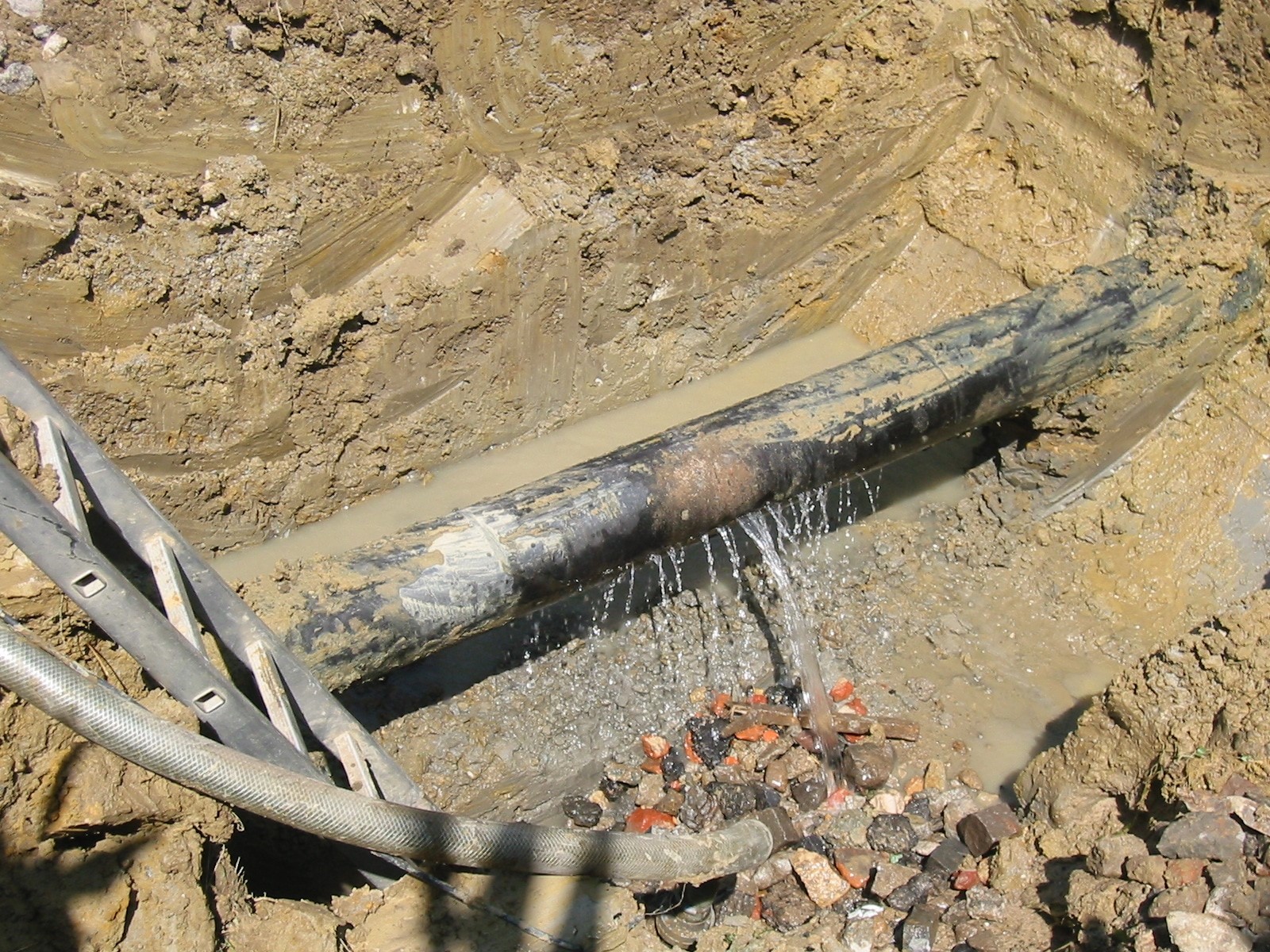
Water is an irreplaceable human need, an indispensable resource for the economy and plays a key role in the climate regulation cycle. Drinking water is indispensable for the survival of all life. We use 10 billion tonnes of it a day, but that is not enough, we need almost twice as much[1] . Due to climate change, even in countries traditionally rich in water, the amount available is decreasing alarmingly, year after year. For this reason, wasting it is a crime against life.
According to the principles adopted at the Conference on Water and Environment, held in Dublin in 1992, fresh water is defined as an exhaustible and vulnerable resource, essential to sustain human life and development and the environment, and is considered an economic good. This last statement is very controversial: the right to water is a natural human right, and therefore cannot be sold[2] – but in the meantime, there are agreements between NGOs and giants such as Nestlé on the valuation of water as an inalienable right of the individual[3] . It is also considered a precious commodity that performs a number of economic, social and environmental functions, transforming itself from a normal factor of production to an eco-social resource[4] .
Active urbanisation has increased the need to transport water resources in cities through pipelines and, due to strong population growth and climate change, the demand for water resources is constantly increasing. Water may soon become a scarce resource: according to the International Water Association (IWA), around 346 million cubic metres of water are lost every day, totalling 126 billion cubic metres per year. These losses occur in distribution systems, during the water’s journey from reservoirs to the end user[5] .
Unused water
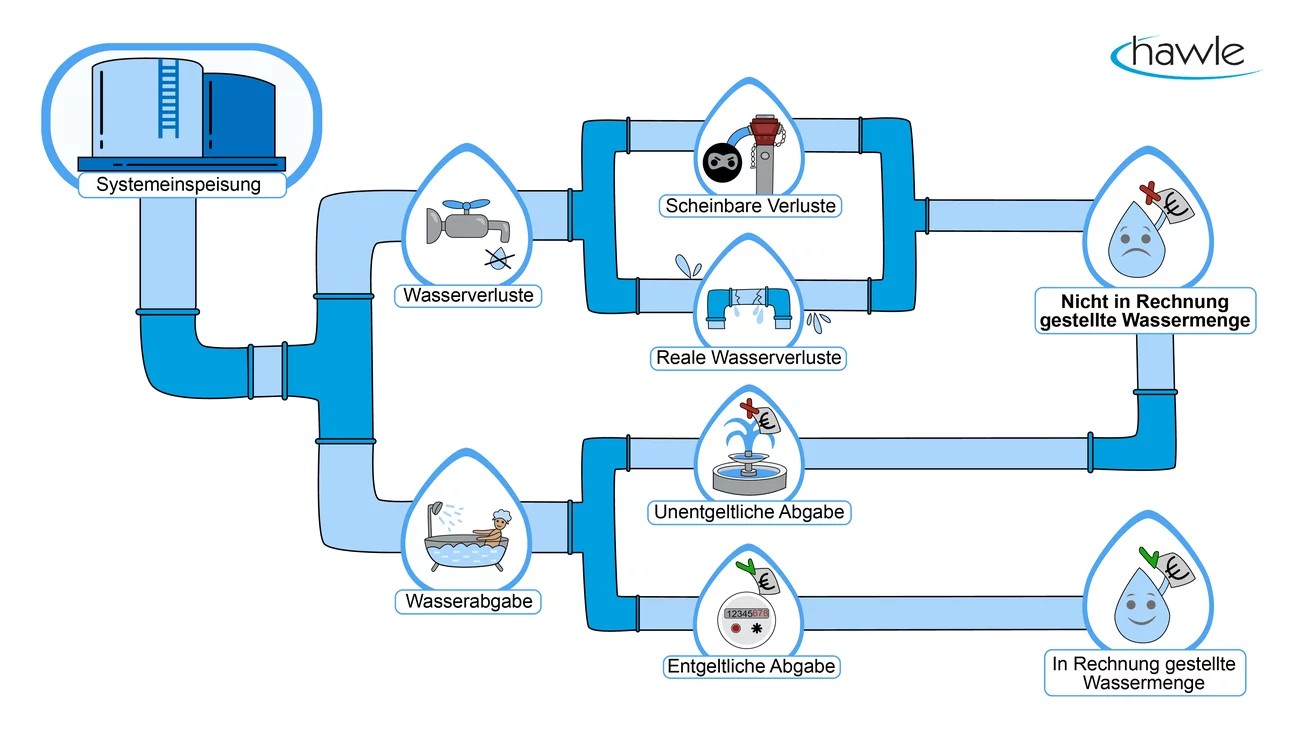
Water losses in the water balance[6]
Lost’ water is a serious problem for utilities around the world, because it has been extracted, treated and pumped, but nobody ever uses or pays for it, because it simply disappears from the pipe network. These losses are called ‘non-revenue water’ (NRW). The International Water Association has identified three main types of non-revenue water, which are almost universally recognised: real or physical water losses, i.e. water that actually escapes from the system and is not used by anyone; apparent or commercial water losses, i.e. water that has reached the end user and is used but not paid for; and water consumption that is allowed without billing.
Real leaks are caused by poor management and maintenance of the water network, combined with an increasingly old and deteriorating quality of the network itself. Corrosive processes, improper installation, old pipes and installations, poor quality underground structures, broken connections and anchorages, pressure surges and ground movement – these are all causes of water loss. Most leaks occur underground, which makes it more difficult to repair them[7] . But this is now an insurmountable problem: assuming a pipe renewal rate of 1% per year, it would take more than 100 years to completely renew all water pipes, and by the time this process is complete, the new pipes will have already exceeded their operational life expectancy[8] .
Commercial water losses can be caused by customers’ failure to register their meters and errors in data processing. Theft is also a common cause of water losses, ranging from illegal connections to pipes to obtain free water, to unscrupulous commercial users tampering with bypass valves on fire mains to avoid metering the water used, to large-scale theft, with resale of water resources on the black market.
A small part of the unused water is water supplied for non-occasional consumption. This is the water used for fire-fighting operations and by utility companies, in particular for washing highways or cleaning vehicles. Water that does not have to be paid for is often wasted[9] . When all these causes are taken into account, an incredible amount of water is lost every day in the world, and if one translates this into ‘money’, a conservative estimate of a cubic metre of water at USD 0.31 means that the loss is around USD 39 billion per year[10] .
The loss of water varies from country to country and from region to region, and in some cases reaches a percentage of water lost that is simply unbelievable. In the European Union, the problem of water loss is regulated by the European Drinking Water Directive, in force since January 2021. Member states are now required to assess the water loss levels of suppliers producing more than 10,000 m³ of drinking water per day or supplying more than 50,000 people and to inform the European Commission by the beginning of 2026 about the local situation. By the beginning of 2028, the Commission will adopt a threshold for non-potable water and, based on this indicator, EU member states will have two years to present a plan to reduce water losses. These measures aim to renew the drinking water infrastructure in each European region and to attract investment in the operational sector to implement the necessary measures[11] .
The damage list country by country
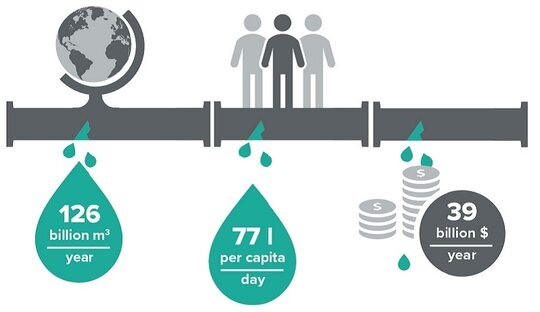
Graphical representation of the amount of unused water[12]
Italy. According to the National Institute of Statistics, Italy lost 42% of its drinking water in 2022. This would be enough to meet the water needs of tens of millions of people. The country’s main problem is the age of its infrastructure: around 25% of water services are more than 50 years old and 60% of networks have been in service for more than 30 years. Water supply problems are present throughout the country, but there is no single solution. The most difficult situation is in the south of Italy, where droughts are exacerbating water shortages, while in the north, water distribution and supply companies have joined forces to work together. With the help of European funding, the plan is to reduce water shortages by 13% by 2026 by building new water networks and using modern leak detection and repair techniques[13] .
Croatia. It is the first country in terms of drinking water reserves in the entire European Union, which would seem to be an advantage, but unfortunately the percentage of unused water in this country sometimes reaches 80%. The reason for this is an outdated pipeline system and more than 200 companies responsible for transporting water resources that do not cooperate with each other[14] .
France. Here, an average of one litre of water in five is lost. According to the consumer association UFC-Que Choisir, the wasted water amounts to 1 billion cubic metres per year and could meet the needs of the populations of Paris, Lyon, Marseille, Lille, Toulouse, Bordeaux and Nice. The main reason is the inadequate state of the water transport system: more than half of the pipes are made of ‘brittle’ materials such as grey cast iron, cement, asbestos and PVC. Slow and untimely repairs only exacerbate the problem.
The responsibility for maintaining water networks lies with the local authorities, without any engineering support from the government. For this reason, the Association proposes to develop a large-scale rehabilitation plan, with financial support from the companies that are the largest consumers of water, such as agricultural enterprises. Intensive agriculture users in France pay only 2-15% of water fees, despite the fact that they account for up to 48% of total water use (and up to 80% in summer). UFC-Que Choisir stated that users are obliged to do their share of corrective actions in proportion to their water consumption [15][16] .
Spain. Lack of investment, as well as leaks and breakdowns, mean that an average of 20 per cent of the water supplied is lost in Spain. The Spanish National Institute of Statistics estimates a loss of water per year of 192,000 Olympic swimming pools[17] . At the state regulatory level, a decision was made to make the provision of water loss data mandatory for municipalities with more than 50,000 inhabitants and for suppliers of more than 10,000 cubic metres. The decision will come into force as of 2025. Based on this information, Spain will prepare a general report to be submitted to the European Commission by 2026[18] .
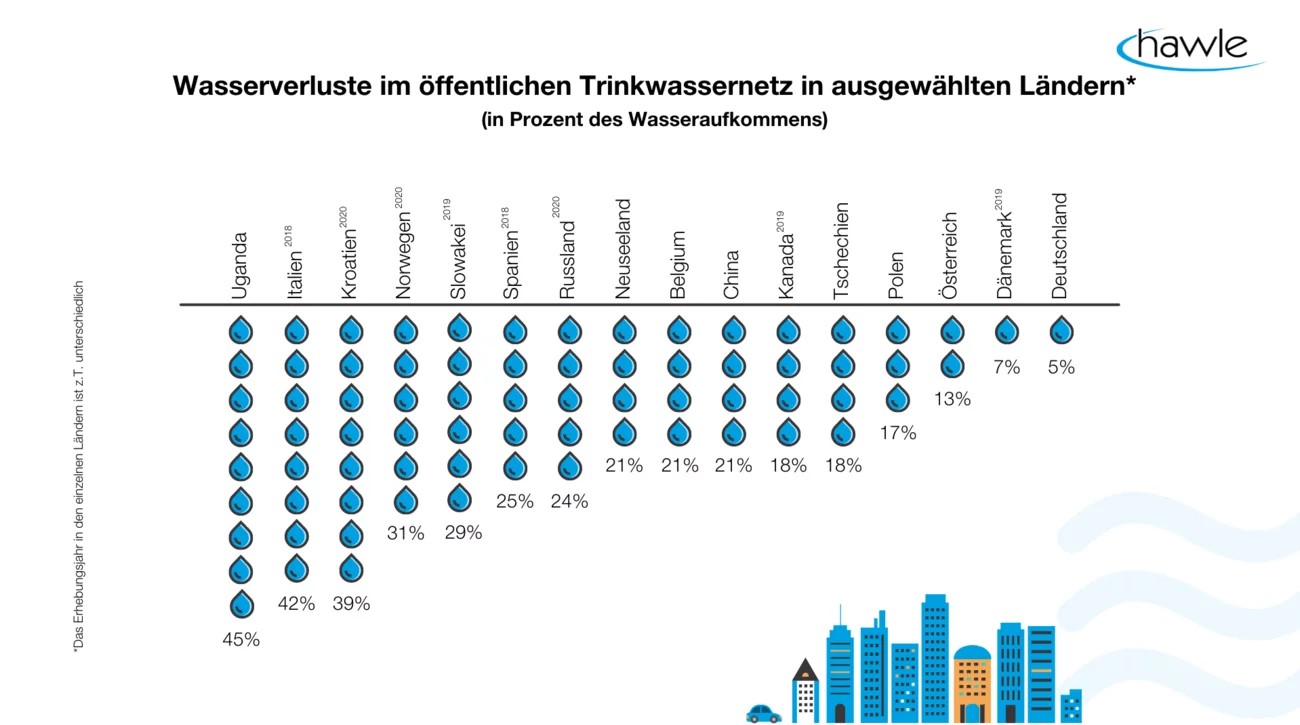
Record countries for water loss[19]
United Kingdom. The UK’s vast water supply system consists of both modern plastic pipes, which are very vulnerable, especially at joints, and pipes dating back to Victorian times. More than 300,000 kilometres of water are lost through the water mains every day, with a loss of 3 billion litres of water per day[20] . The Water Regulator for England and Wales (Ofwat) states that leakage in England and Wales has reached its lowest level since privatisation, lower than in many other European countries and significantly lower than in Scotland and Northern Ireland. This was achieved through a series of stringent short- and long-term targets[21] . Ofwat has set a target for the sector to reduce leakage by at least 16% over five years to 2025, and water companies have committed to reduce leakage by 50%, compared to the 2017-18 baseline period, by 2050[22] .
It sounds very promising, but we are only talking about declarations of intent, and the method that should be used to achieve these goals is unknown. Millions of people have been banned from using pipes, while some water companies have been granted special permits allowing them to use water from natural sources such as rivers, lakes and aquifers, causing very serious environmental damage in an ecosystem that is already suffering greatly from drought anyway[23] .
Russia. According to the most optimistic forecasts, half of all pipelines in Russia need to be replaced, as about 40 per cent of the water does not reach its destination. In many cities, 70 per cent of the pipelines are deteriorated[24] . Whereas previously, the costs caused by water losses during production and transportation were passed on to the end user and there was no motivation to reduce losses, as financial losses were compensated by tariff regulation, from March 2023 it will become mandatory for water loss standards for water supply and sewerage organisations to be taken into account. After the calculation of the standards per region, a decision will be made on the revision and reduction of end-user tariffs. This seems quite realistic: the lower the wear and tear, the lower the losses and the lower the tariffs[25] . But in the case of Russia, expecting prices to fall is utopian.
What to do?
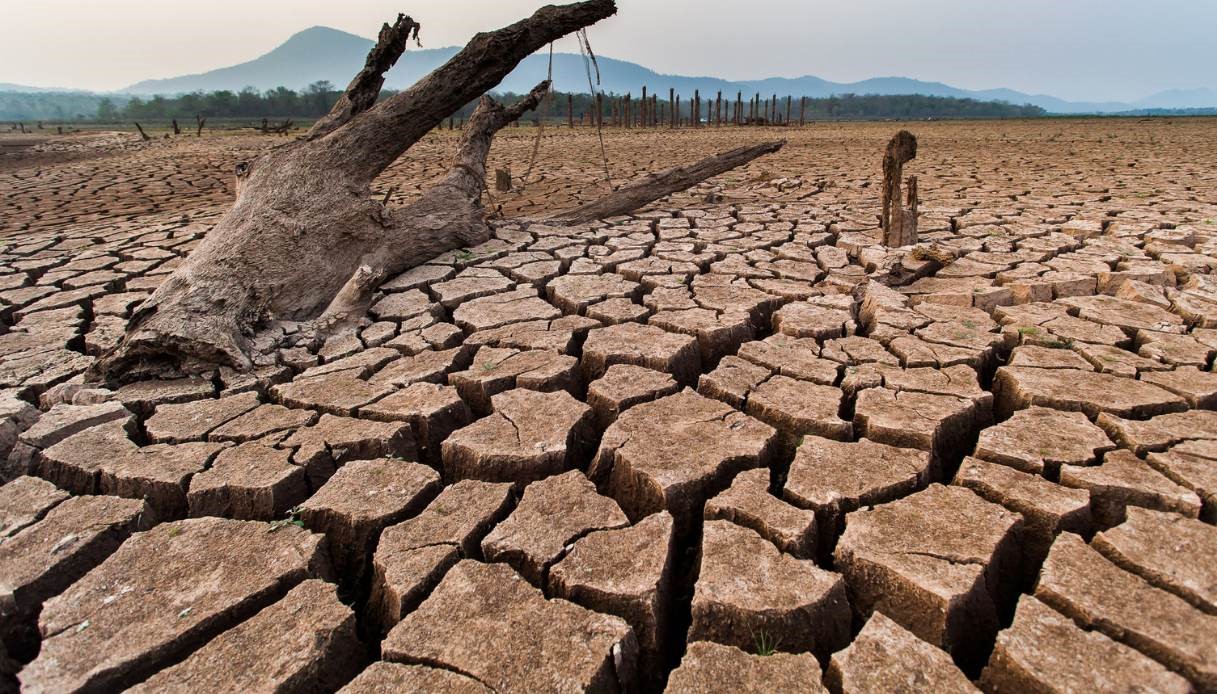
Living on a planet that we not coincidentally call ‘blue’, on which dry land occupies only a minority part of the surface, water loss might not seem, at first glance, to be such a major problem – but this is a serious misjudgement. In many areas of the earth there are millions of people literally dying of thirst, but even in industrialised countries the problems continue to grow.
A high percentage of lost water directly increases water consumption, as utilities are forced to transport more water than the customer needs. In addition, a significant amount of unaccounted-for water ends up in the wastewater collection system, which leads to costly secondary treatment and, as a logical economic consequence, an increase in the cost of water for the end user. From an environmental point of view, if we consider that the treatment and pumping of water consumes between 2% and 3% of total energy consumption worldwide, the additional energy wasted due to losses amounts to approximately 1% of the global carbon footprint[26] .
Water leaks into the environment pose the risk of ground movement and collapse or flooding, which, if not detected in time, pose a serious threat to infrastructure and the safety of people[27] . The financial sustainability of water services is threatened by high levels of water wastage leading to revenue shortfalls and unnecessarily high operating costs. Reducing water revenue shortfalls will enable water suppliers to invest in more extensive services, proper maintenance and new technologies[28] .
Despite the fact that the problem is so serious and so topical, we are still in year zero: the first step was to recognise it and understand its magnitude. A major challenge now is the lack of accurate data on loss rates. Service providers need audits that include collecting, analysing and evaluating water supply, from how much water is pumped from the storage tank to the final figure of how much the consumer has received, inspecting and maintaining meters, digitising hydrants and connection points, analysing and accounting for all types of non-waste water[29] . Primary measures require a legal framework and a regulatory body to monitor water data, as in the case of Portugal, where an independent agency monitors water supply at national level[30] .
As the example of many countries shows, the main cause of high levels of unused water is leakage through pipelines, i.e. leaks. Two main methods can be used to detect leaks in pipeline networks: the physical method, which is costly because it requires interrupting the water supply process, but provides accurate data on the location and size of the leak, and the mathematical method, which theoretically detects leaks and is less resource- and money-consuming[31] .
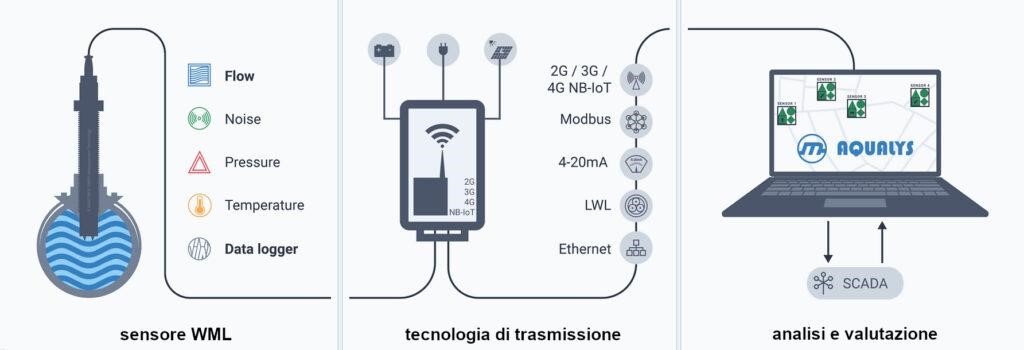
WLM-SYSTEM multi-parameter sensor[32]
To realise the mathematical model, acoustic methods are used, in which digital acoustic recorders are connected to the network to detect noises that reach a threshold value or field devices such as ground microphones designed to listen to pipes, because any water leakage ‘rings’. The disadvantages of this method include the generation of a large data set, which still requires manual processing. High thresholds can be set to limit the amount of data, which means that large leaks may not be detected, because the larger the leak, the less noise it produces[33] .
Methods such as outlet and inlet pressure monitoring, fluid velocity monitoring, fibre-optic detection and infrared cameras can be used[34] , and this is a more accurate system, but one that does not inform about the location of the leak. Companies are increasingly using innovation and technology to achieve the goal of reducing water leaks from the system. The use of intelligent sensors and systems, pressure monitoring systems, artificial intelligence, digitisation of the monitoring system and satellite technology help to detect and solve problems quickly and efficiently[35] .
The Austrian WLM-SYSTEM (Water Loss Management) product, for example, is a complete and automatic solution: it uses fixed multi-parameter sensors (flow, pressure, noise, temperature) that take measurements and the AQUALYS analysis software evaluates them cyclically. The algorithm compares the measurements, calculates the data and displays it on a map of the pipe system, sending an alarm when conditions change. Thanks to its ability to measure the lowest flows (down to 1 cm/s), the WLM-SYSTEM guarantees high measurement accuracy and stability, regardless of the pipe size and material. Installation can also take place under pressure, without interrupting the operation of the network[36] .
The TALR (Trenchless Automated Leakage Repairs) system is an innovative technology from the Israeli company Curapipe for the massive and rapid repair of multiple leaks. This technology makes it possible to repair pipes and joints of any material, sealing any defect with a safe, plant-based compound, even in hard-to-reach areas, without the need to precisely locate leaks, move excavations or interrupt production, as the device is inserted directly into the pipe through the joint and is able to work in areas up to 500 metres away[37] . In addition to early monitoring and leak detection, these systems allow the condition of pipes to be assessed and preventive measures to be taken to renew or extend their service life.
These two products are already working, they should be used on a large scale but, as you can imagine, they are in operation in less than 0.01% of the planet. If there is no political pressure, they will not change anything, they will remain singular cases of ecosystem-conscious cities. What we need instead is for these technologies to improve and for everyone to use them.
Water is taken for granted. And there are a number of problems that block the process of reducing unused water. Still, in the perception of the majority of the population (in the West), it seems that the cost of water extraction is so low that it is not worth investing in any action. Economic components such as the absence of utility taxes, subsidised electricity costs for abstraction capacity and utilities, valuation and depreciation of assets, accounting for costs associated with water abstraction from rivers, dams and reservoirs, lack of accurate water quantity measurements and independent cost control are often omitted from water abstraction cost calculations. In order to solve this economic dilemma, a well-managed financial system must be created and implemented; in this way, the real value of water abstraction, its usefulness and the improvement of the industry will be evident[38] .
Mass laziness
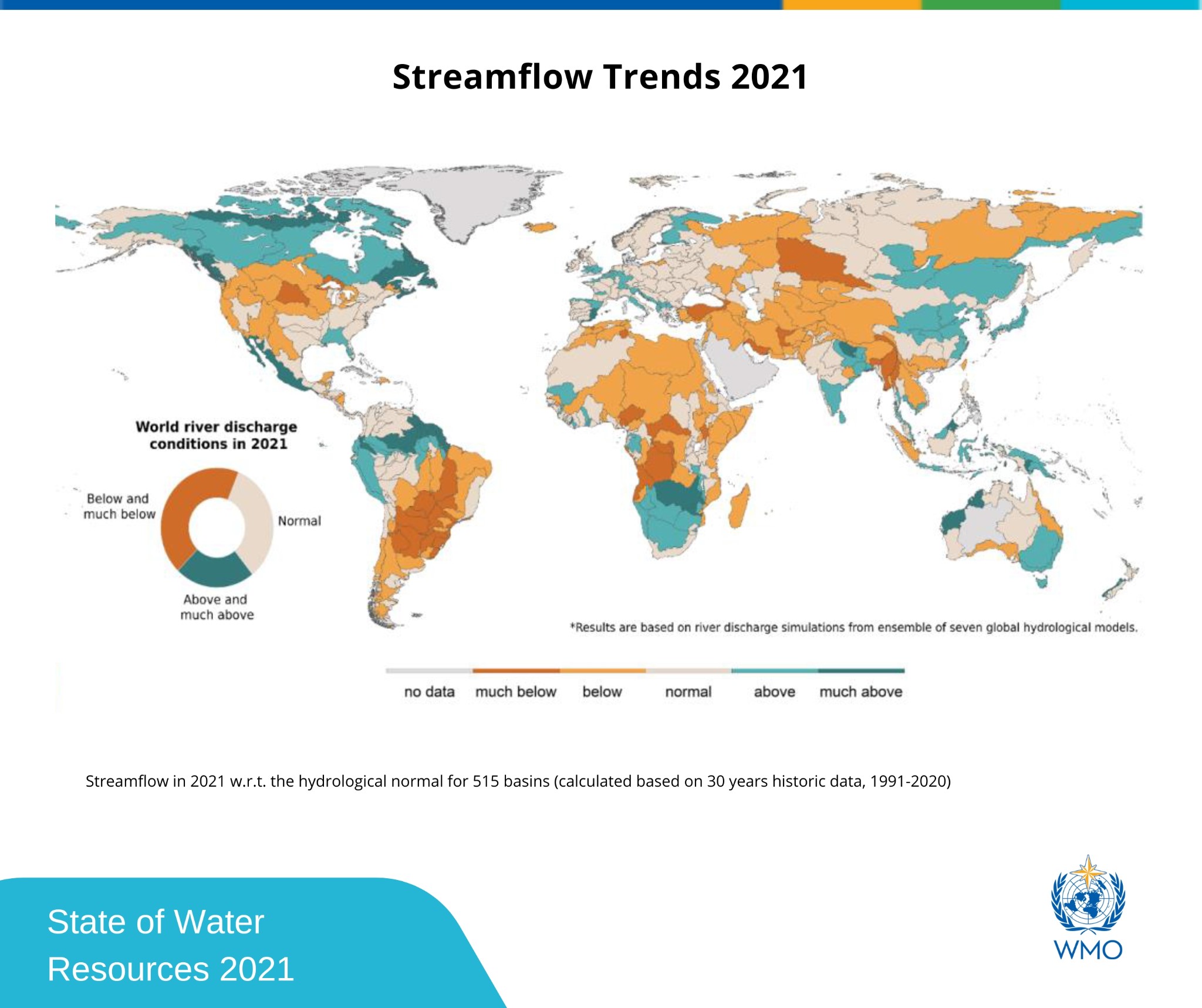
Status of freshwater reserves[39]
The ‘water issue’ is not publicised, consumers all over the world consider water supply as a rightly inalienable right, regardless of whether they pay for it or not. Public ignorance about water supply, water distribution and transport, and wastewater plays into the hands of politicians and companies, private or privatised, who leave wastewater issues in the shadows to avoid discontent. In the global trend of water issues, the person paying for water is considered a consumer rather than a customer and often does not have a choice of service provider. The lack of competition in the sector leads to the loss of incentives for development.
Public funding for the water sector is insufficient everywhere. In the vast majority of countries, governments are elected cyclically and do not focus on issues that they believe will not arise during their term. This is why investments are reduced in the hope that assets will last longer than they should, as is historically the case with pipelines: no one controls them until they burst. Water companies should be profitable so that they can follow a long-term strategy and reinvest in new technologies and the development of the sector, without getting involved in political games[40] .
If one overcomes old patterns of thinking about water supply and puts in place a series of measures to reduce water losses, everyone – water supply companies, end users and the ecosystem – will benefit. Proper management of non-wastewater helps reduce pressure on available water resources and the energy sector, improve the performance of water distribution to avoid pressure drops and thus prolong the operating life of systems, improve water quality through better distribution and control, mitigate climate change and significantly improve the financial performance of water suppliers.
The Earth’s freshwater reserves are not infinite and are replenished more slowly than water is pumped in. Sinking continents, high levels of asphalt, falling river and lake levels, droughts, failing aquifers – all these factors naturally raise the prospect of water scarcity in the future[41] . The United Nations predicts that global water consumption will increase by 30% by 2050, putting an even greater strain on the water sector. With a ‘business-as-usual’ approach and average economic growth, water demand will exceed available freshwater reserves by 40% in just 15 years[42] .
Therefore, to meet future water demand, it is essential to focus on the effective management of non-essential water losses and leakage control today. A sustainable solution to reduce water losses is to implement a proper pressure and water management strategy and to increase the potential lifetime of water utilities through the use of quality products, maintenance strategies and digital water monitoring systems. Digital water monitoring systems are an important component[43] .
Undoubtedly, any measures should have a strategic orientation and financial support. But they will be ineffective without ‘teamwork’, without competent regulation, from the territorial to the international level. Despite the seriousness of the situation, water has no lobby, and this can produce catastrophic results even in an extraordinarily short space of time.
[1] https://www.theworldcounts.com/stories/average-daily-water-usage
[2] https://www.malteser-international.org/de/themen/so-helfen-wir/wasser-und-hygiene/wasser-als-menschenrecht.html
[3] https://www.nestle.de/frag-nestle/wasser-menschenrecht-fuer-nestle
[4] https://www.mdpi.com/2073-4441/7/4/1456
[5] https://www.hawle.com/de/hawle-knowledge/basiswissen/wasserverluste-in-rohrnetzen
[6] https://www.hawle.com/de/hawle-knowledge/basiswissen/wasserverluste-in-rohrnetzen
[7] https://fido.tech/news/what-is-non-revenue-water/
[8] https://www.lacroix-environment.com/smart-stories/smart-water-fr/reducing-non-revenue-water/
[9] https://fido.tech/news/what-is-non-revenue-water/
[10] https://iwaponline.com/ws/article/19/3/831/41417/Quantifying-the-global-non-revenue-water-problem
[11] https://eur-lex.europa.eu/legal-content/EN/TXT/HTML/?uri=CELEX:32020L2184&from=ES#d1e1026-1-1
[12] https://www.diehl.com/metering/en/products-solutions/solutions/water-solutions/non-revenue-water/
[13] https://www.euronews.com/green/2023/06/06/italy-wastes-enough-water-for-43-million-people-a-year-can-it-fix-its-leaky-pipes
[14] https://total-croatia-news.com/lifestyle/croatia-9/
[15] https://www.connexionfrance.com/article/French-news/Leaks-mean-one-in-five-litres-of-water-in-France-is-wasted-says-study
[16] https://www.quechoisir.org/action-ufc-que-choisir-1-litre-d-eau-sur-5-volatilise-l-ufc-que-choisir-se-mobilise-contre-lafuiteenavant-n108694/?dl=120662
[17] https://www.abc.es/antropia/espana-pierde-agua-tubo-20230419161304-nt.html?ref=https%3A%2F%2Fwww.abc.es%2Fantropia%2Fespana-pierde-agua-tubo-20230419161304-nt.html
[18] https://www.abc.es/antropia/espana-pierde-agua-tubo-20230419161304-nt.html
[19] https://www.hawle.com/de/hawle-knowledge/basiswissen/wasserverluste-in-rohrnetzen
[20] https://theconversation.com/the-uks-water-pipe-upgrade-has-made-it-harder-to-detect-leaks-now-the-race-is-on-to-discover-new-ways-to-find-them-209537
[21] https://www.theguardian.com/environment/2022/aug/19/water-firms-england-wales-litres-leaky-pipes-ofwat
[22] https://www.ofwat.gov.uk/leakage-in-the-water-industry/
[23] https://www.theguardian.com/environment/2022/aug/19/water-firms-england-wales-litres-leaky-pipes-ofwat
[24] http://www.emech-emech.ru/zamena-avarijnyx-truboprovodov-vsvo.html
[25] https://tass.ru/ekonomika/17165217
[26] https://theconversation.com/the-uks-water-pipe-upgrade-has-made-it-harder-to-detect-leaks-now-the-race-is-on-to-discover-new-ways-to-find-them-209537
[27] https://www.hawle.com/de/hawle-knowledge/basiswissen/wasserverluste-in-rohrnetzen
[28] https://stateofgreen.com/en/news/the-importance-of-reducing-non-revenue-water/
[29] https://fido.tech/news/what-is-non-revenue-water/
[30] https://www.newtral.es/perdidas-agua-redes-suministro/20230228/
[31] https://www.mdpi.com/2076-3417/13/13/7427
[32] https://martinek.org/products/network-monitoring/
[33] https://fido.tech/news/what-is-non-revenue-water/
[34] https://www.mdpi.com/2076-3417/13/13/7427
[35] https://www.theguardian.com/environment/2022/aug/19/water-firms-england-wales-litres-leaky-pipes-ofwat
[36] https://www.lellau.de/wasser/wstamm/wmwm.htm
[37] https://itrade.gov.il/germany/2022/11/09/solutions-to-the-problem-of-non-revenue-water/
[38] https://qatium.com/ru/blog/%D0%BF%D0%BE%D1%87%D0%B5%D0%BC%D1%83-%D0%BD%D0%B5-%D0%BA%D0%BE%D0%BC%D0%BC%D1%83%D0%BD%D0%B0%D0%BB%D1%8C%D0%BD%D1%8B%D0%B5-%D1%81%D0%BB%D1%83%D0%B6%D0%B1%D1%8B-%D0%BF%D1%80%D0%B8%D0%BD%D0%B8%D0%BC/
[39] https://public.wmo.int/en/media/press-release/state-of-global-water-resources-report-informs-rivers-land-water-storage-and
[40] https://qatium.com/wp-content/uploads/2022/08/Gavin-Van-Tonder-%E2%80%94-Why-arent-utilities-taking-action-on-non-revenue-water.pdf
[41] https://hightech.fm/2019/08/05/no-water
[42] https://stateofgreen.com/en/news/the-importance-of-reducing-non-revenue-water/
[43] https://www.hawle.com/de/hawle-knowledge/basiswissen/wasserverluste-in-rohrnetzen
Leave a Reply